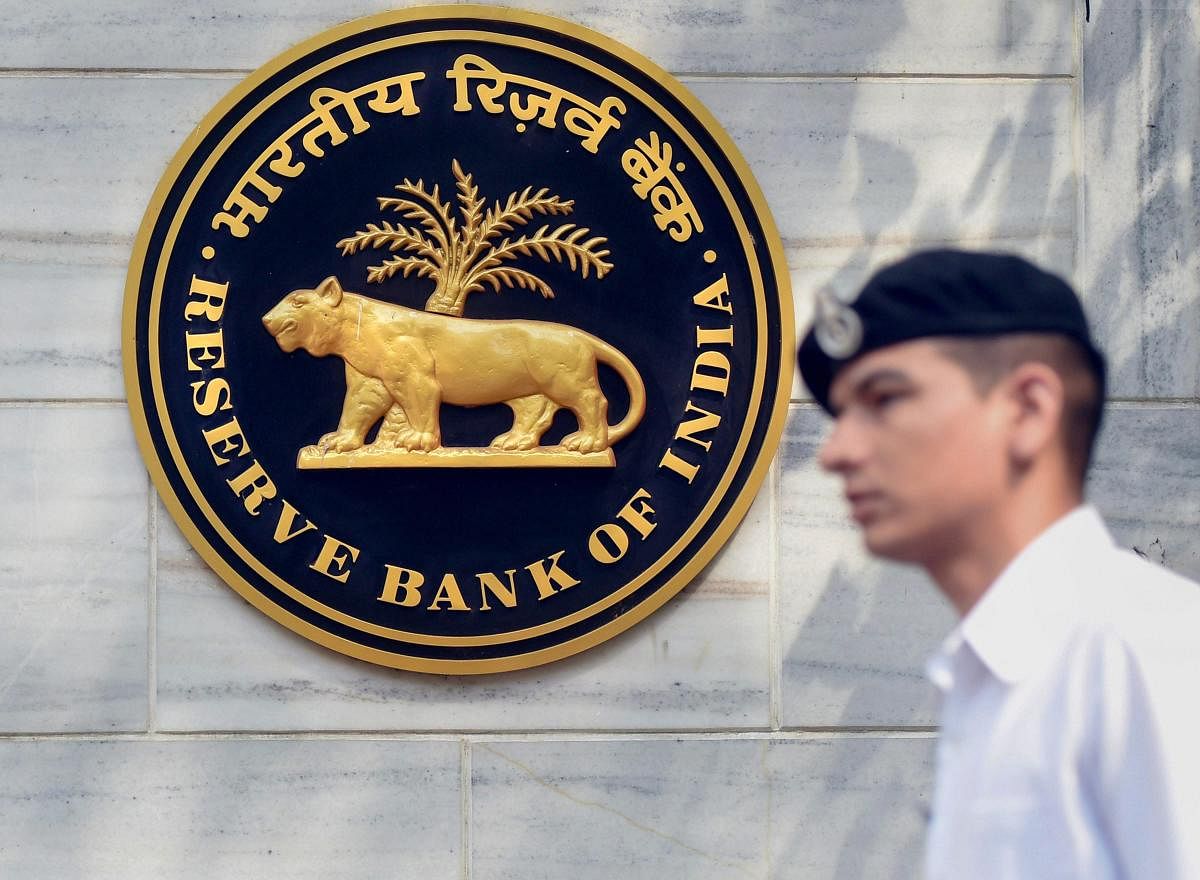The Union government has invariably rode piggy back on profit-making public sector undertakings (PSUs) and public sector banks (PSBs) to boost its non-tax revenue (using a variety of means such as high dividend/special dividend, divestment of its stake at premium, etc) for the purpose of keeping the fiscal deficit within the set target.
However, little is known about a subtle role that the Reserve Bank of India (RBI) plays in helping the central government in its fiscal consolidation drive. It does so by transferring huge surpluses to the centre year after year. During the last three years — 2015-16, 2016-17, 2017-18 — it transferred Rs 65,900 crore, Rs 40,600 crore and Rs 58,000 crore, respectively.
Unlike a PSU/PSB, the RBI is not a commercial enterprise and, therefore, is not expected to pay any dividend. Instead, it is a “full service” central bank.
Apart from managing the currency and payment systems and keeping inflation/prices in check, it is also mandated with managing the borrowings of the Union government and of state governments; supervise or regulate banks and non-banking finance companies (NBFC). While, carrying out these functions or operations, it generates a surplus.
Typically, the RBI’s income comes from the returns it earns on its foreign currency assets (FCAs) — which could be in the form of bonds and treasury bills of other central banks or top-rated securities and deposits with other central banks. It also earns interest on its holdings of local rupee-denominated government bonds or securities, and while lending to banks for very short tenures, such as overnight. It earns a management commission on handling the borrowings of state governments and the Centre.
Its expenditure is mainly on the printing of currency notes and on staff, besides the commission it gives to banks for undertaking transactions on behalf of the government across the country and to primary dealers, including banks, for underwriting some of these borrowings. The excess of income over expenditure is the “surplus”.
After making provision for bad and doubtful debts, depreciation in assets, contributions to staff and superannuation fund, etc., and for all matters provided for under the RBI Act (1934), the balance of surplus is paid to the union government in accordance with Section 47 (Allocation of Surplus Profits) of the Act.
During the initial years, and more so after the financial crisis in the early 90s, when India’s foreign exchange reserves had plummeted to a level barely enough to buy two weeks of imports, the RBI transferred part of the surplus to a ‘Contingency Fund’ to meet unexpected and unforeseen events and to the Asset Development Fund (ADF) to meet internal capital expenditure and investments in its subsidiaries. This was in line with the recommendation of a committee to build contingency reserves of 12% of its balance sheet.
In 2013, a panel led by Y H Malegam, member, RBI board, had also reiterated the need for building contingency reserves. Subsequently, in its annual report for 2015-16, the central bank alluded to a “draft economic capital/provisioning framework to assess its risk-buffer requirements in a structured and systematic manner.”
RBI resists
Based on this assessment, for 2016-17, RBI drastically pruned its proposed transfer to Rs 30,600 crore from a high of Rs 65,900 crore during 2015-16. While arriving at this figure, it had factored in the steep increase in cost of printing notes (courtesy, demonetisation, November 2016) and higher provisions for transfer to contingency reserve. However, under pressure from the Modi government, it eventually gave an additional Rs 10,000 crore.
During the last five years, the RBI was forced to transfer almost 100% of its surplus to the union government — up from 53.4% in 2012-13. As a result, during these years, it was not able to set aside any amount towards ‘Contingency Fund’ or ADF.
To buttress its claim on all of the surplus generated by RBI, the union government has held a view that going by global benchmarks, the former’s existing reserves are far in excess of prudential requirements. Former chief economic adviser Arvind Subramanian even went so far as to suggest that these funds be used to provide capital to banks.
Unable to reconcile itself with the resistance put up by RBI (read: differences over the transfer of surplus for 2016-17), the Centre is now nudging the bank to formalise a policy governing the yearly dividend it pays to the Centre.
Any such policy is likely to be given statutory backing through amendments to the RBI Act. The planned amendments will mandate RBI to transfer a certain portion of its annual profits.
Such a step is retrograde as it will undermine the ability of RBI to keep itself in a state of preparedness to absorb financial shocks, ensure financial stability and provide confidence to the markets. It will also legitimise the extant unhealthy practice of the Centre riding piggy back on the central bank to cover up for its own laxity in meeting fiscal targets. It will also give the political brass an easy handle to cover up their irresponsible actions, such as farm loan waivers or recapitalisation of PSBs whose capital is eroded due to non-performing assets.
The government should give up the idea of a ‘policy on dividend’ (albeit with statutory backing) and let the RBI do its job. The latter should have full autonomy to decide what it can give (based on its own assessment) and not simply give in to the government’s diktat.
The Centre should use all available means within its budget — with focus on increasing tax revenue and minimising leakages in implementation of welfare schemes — to achieve its fiscal goals.
(The writer is a New-Delhi based policy analyst)
